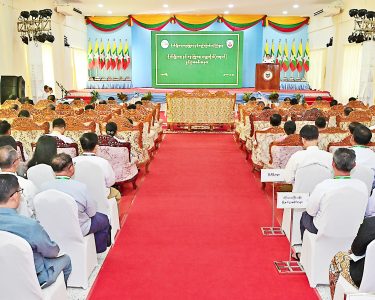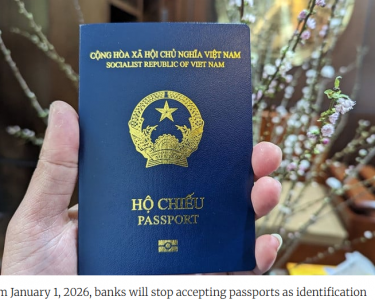TOKYO, May 12 (NNN-NHK) – The Japanese government will decide on Thursday, whether it will partially lift the nationwide state of emergency over the COVID-19 for some prefectures where the virus has been less prevalent, Prime Minister, Shinzo Abe, said, Monday.
Speaking at a lower house budget committee, Abe said, after hearing advise from a panel of experts, a decision would be made as to whether some prefectures could have the restrictions lifted prior to the official May 31 deadline.
While stating that Japan’s path to ending the outbreak was a “steady” one, the Japanese leader said, “We are planning to hear expert opinions on May 14 and announce if any partial lifting will be possible.”
The potential move follows an initial state of emergency being declared until May 6, for seven prefectures and then expanded nationwide, and thereafter extended to the end of May.
Yasutoshi Nishimura, economic revitalisation minister, who is also in charge of the government’s virus response, explained that, 34 of Japan’s 47 prefectures could potentially see the emergency declaration lifted, if new infection cases remain at zero or continue to significantly drop.
If the state of emergency is lifted, people will still be asked to maintain precautionary measures against the further spread of the virus, including refraining from crossing prefectural borders and avoiding hosting or attending gatherings involving large numbers of people.
In the other 13 prefectures, deemed to be a higher risk and put on special alert, owing to the spread of the virus, including Tokyo and Osaka, restrictions could still be eased, if the situation continues to improve, Nishimura said, adding that the emergency declaration could be issued again should COVID-19 case show signs of spiking again.
“If the number of infections rises and signs of ‘overshooting’ (explosive increase in COVID-19 cases) emerge in a prefecture, where the state of emergency has been lifted, we’d have to consider placing it under the declaration again,” said Nishimura.
Some prefectures have already issued their own exit strategies from the emergency declaration, with Osaka leading the way, ahead of similar moves by Aichi Prefecture in central Japan.
Osaka Governor, Hirofumi Yoshimura, said last week, the region has seen the spread of the virus slow due to the efforts over the past month.
He said, his prefecture will offer an “Osaka model,” so the people have a clear “target” to work towards for the further easing of restrictions.
The Osaka model, Yoshimura explained, mandates that the number of new virus cases with unclear infection routes should drop to below 10 per day, while the rate of positive test results remain under seven percent. In addition, the beds available in hospitals for people with severe symptoms of the virus should not top 60 percent capacity.
If the three conditions are met for seven straight days, the Osaka prefectural government will decide on May 15, whether to lift restrictions and allow businesses to reopen in a phased manner.
According to the latest figures from the health ministry and local authorities, 42 new infections were confirmed in Japan, as of Monday evening, bringing the nationwide total to 15,898.
The Tokyo Metropolitan Government said, 15 new cases were confirmed in the capital on Monday, marking the first time since Mar 30, that there have been less than 20 cases, with the number of new infections in the capital remaining below 100 for the ninth straight day.
The total number of COVID-19 cases in Tokyo stands at 4,883, while cases in Osaka stand at 1,744.– NNN-NHK






